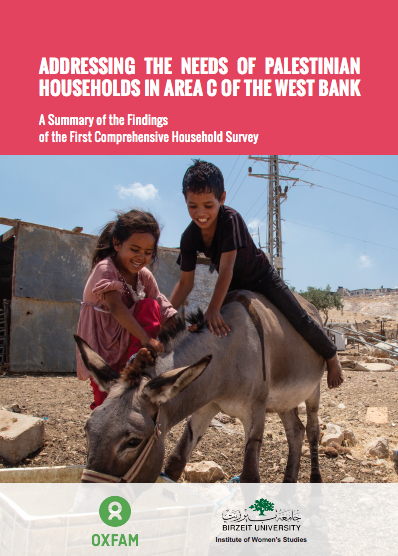The complex marginalization: on Palestinian woman detainees` narratives of their experiences in captivity pdf
Year: 2020
Author- Nour Badr
Supervisor: Lena Meari
Discussion Committee: Amira Silmi & Alaa Al-Azzeh
Abstract
This study is concerned with the voices of the most marginalized people in the Palestinian national history, the female Palestinian detainees. It seeks to understand and analyze their detention experiences with its spoken and unspoken details, major and minor details, through their stories on pre –arrest, detention and post-detention stages.
The study commences from the position of the margin, the margin that contains difference, resistance, and challenge that comes from those who live in the margin and suffer from complex marginalization. The complex marginalization consists of social and political dimensions, colonial hegemony, and voice reductionism. Thus, the study adopts a new angle of knowledge, as it moves to the margin, along with the female detainees, who own multiple voices.
The study addresses the stories of Palestinian female detainees who were arrested between the years 1985 and 2019 as a result of political activity which harms “Israel’s Security”, as claimed by the Zionist colonizers, and were released after serving their sentences in the Zionist colonial prisons, or through special court decisions, or an exchange deal. Thirteen interviews were conducted with selected Palestinian female detainees who have not previously talked about their political experiences or delved into their details.
The study adopts the oral history approach and the research method of oral narratives’ analysis.
The analysis is based on the idea that oral narratives play a role in writing the history of the marginalized actors and their lived history that transcends academic writing. The oral narratives of the marginalized position are in multiple and complex sites and allow researchers to understand the experiences and their major and minor vibrant details.
The analysis is based on different axes including the occurrence of the arrest as linked to the surroundings, those who witnessed the arrest and those who practiced the arrest, the family, the officers and interrogators, the women in prison, and communicating with people abroad. Also examined are the expectations, obsessions, thoughts and feelings of the female detainee while in detention, how the arrest event appeared in the prisoner’s narrative from the first moment of detention to the moment of release, considering that the arrest event consists of multiple parts.
Each part is an issue, and each issue contains a set of voices. The author also studied how the manner in which the arrest occurred affected the decision of the detainee to return (or not) to political life after release from detention, and how it affected the detainee’s ability to tell her political experience and its major and secondary details, those important and not important, without feeling either ashamed or afraid that what she was exposed to during the detention period would have repercussions that could lead to re-arrest, or an unwillingness to employ her in an institution especially the institutions that receive external funding, or even the loss of her job if she freely disclose her political opinion, or her factional affiliation, or even her ability to freely choose her partner.
The study reached six main conclusions:
The first conclusion concerns the temporal context of the detention experience. This dimension showed the difference in the depth of the popular solidarity during the period before and after the Oslo accords. The accounts displayed the depth of the popular solidarity with the detainees before the Oslo accord and how it faded or weakened after the Oslo accord.
The second conclusion concerns the mechanisms of colonial domination through the multiplicity of the tools of subjection exercised on the body of the female detainee, by exploiting the local culture.
The third conclusion appears in the form of a counter- revolution to the mechanisms of control, which are the mechanisms of resistance. These mechanisms appear during the imprisonment phase, considering that the place and policies in the colonial detention center are divided into groups of units, each unit operating within a different mechanism that has one goal in mind: to break the resistance.
The fourth conclusion concerns the new struggle after the detainee’s release in which the detainee becomes eager to reintegrate into the social life of the community. During this period, the detainee finds herself subjected to the surveillance by the small circle of family and by the largest circle of the intelligence services of the PA and the colonial authority.
The fifth conclusion shows that the detention system is entirely based on the principle of deprivation. It also shows that the detainees respond to this principle through solidarity that enable them to overcome the individual pain that melts through collective solidarity. Hence, the relationships based on pain become stronger than relationships built in normal conditions.
The sixth conclusion comes to confirm that the female detainees are not legends; they are human beings with feelings, emotions, longings and torment.
Download



